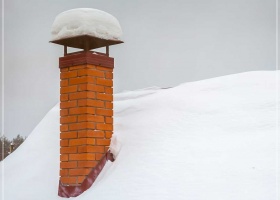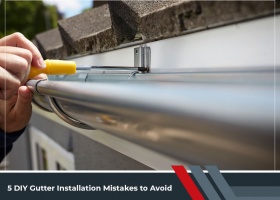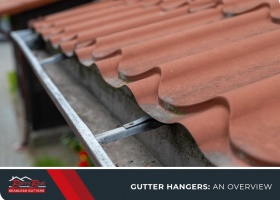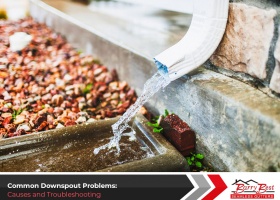Everyone knows the winter weather can be harsh on your exterior, especially your roof. Fortunately, there are several ways to reduce the risk of frost or moisture damage when the ice begins to thaw. Read on to learn more about them. … Continue Reading
5 DIY Gutter Installation Mistakes to Avoid
Gutter installation is a lot trickier than it seems, which is why it’s better to entrust this work to an experienced professional than attempt it yourself. Going the DIY route may save you money on the front end, but any mistakes you make could result in serious water damage to your property, costing you more in the long run. Here are some common mistakes made by homeowners who attempt to install their own gutters:… Continue Reading
Gutter Hangers: An Overview
The type of gutter hanger your gutter contractor uses to mount your gutters is just as important as the type of gutters you install. If you choose the wrong gutter hanger, it may not be able to provide enough support, which could cause sections of your gutters to sag. … Continue Reading
Common Downspout Problems: Causes and Troubleshooting
Like your gutters, your downspouts play a critical role in diverting precipitation away from your home. Functional downspouts are essential in protecting your home and landscape from water damage.
In this blog, Barry Best Seamless Gutters, an experienced provider of gutter installation in Syracuse, NY, shares a comprehensive look common downspout problems, and how to troubleshoot them.
Why Are Your Gutters Deteriorating?
Your gutters may not be the most glamorous component of your home’s exterior, but the role they play in protecting your property from water damage cannot be overstated. Unfortunately, even the best types of gutters eventually succumb to the effects of wear and tear from constant exposure to the elements. If you’re wondering about why your gutters are corroding, you’ve come to the right place. … Continue Reading









